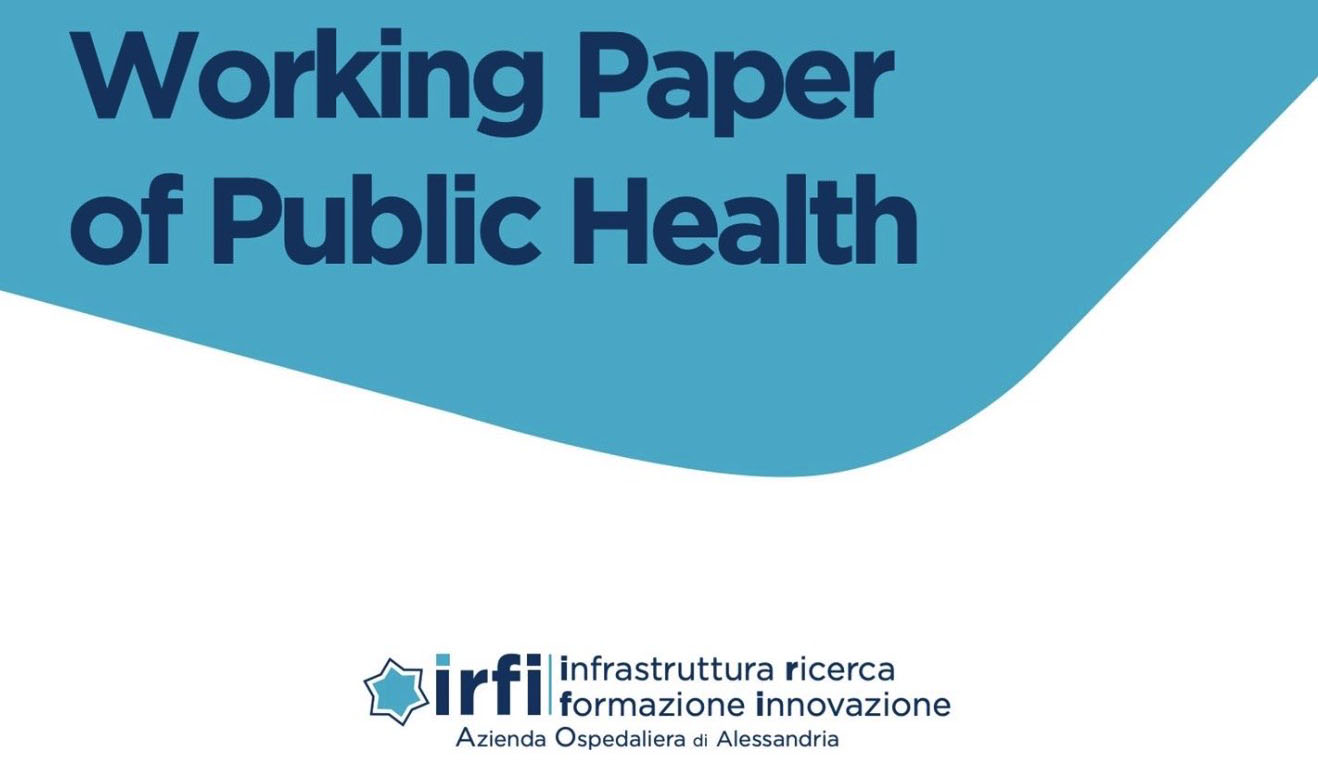Original Article(s)
Vol. 4 (2015)
Role of the Physical Therapy in the Multidisciplinary Approach to Vulvodynia: preliminary results
Publisher's note
All claims expressed in this article are solely those of the authors and do not necessarily represent those of their affiliated organizations, or those of the publisher, the editors and the reviewers. Any product that may be evaluated in this article or claim that may be made by its manufacturer is not guaranteed or endorsed by the publisher.
All claims expressed in this article are solely those of the authors and do not necessarily represent those of their affiliated organizations, or those of the publisher, the editors and the reviewers. Any product that may be evaluated in this article or claim that may be made by its manufacturer is not guaranteed or endorsed by the publisher.
Received: 11 July 2016
Accepted: 11 July 2016
Accepted: 11 July 2016
979
Views
696
Downloads
Most read articles by the same author(s)
- M. Miletta, F. Bogliatto, L. Leidi, New perspectives of professional integration of the obstetric figure , Working Paper of Public Health: Vol. 5 (2016)
- F. Bogliatto, L. Leidi, M. Miletta, Hyaluronic acid injection as functional adjuvant therapy in menopausal vulvovaginal symptoms - preliminary report , Working Paper of Public Health: Vol. 5 (2016)
- F. Bogliatto, M. Miletta, L. Leidi, Management of obstetrics tears , Working Paper of Public Health: Vol. 5 (2016)
- M. Miletta, F. Bogliatto, Multidisciplinary management of perineal dysfunctions within the Lower Tract Pathology Network ASL TO4 , Working Paper of Public Health: Vol. 4 (2015)
- M. Miletta, F. Bogliatto, Vulvodynia: terminology and clinical features , Working Paper of Public Health: Vol. 4 (2015)







